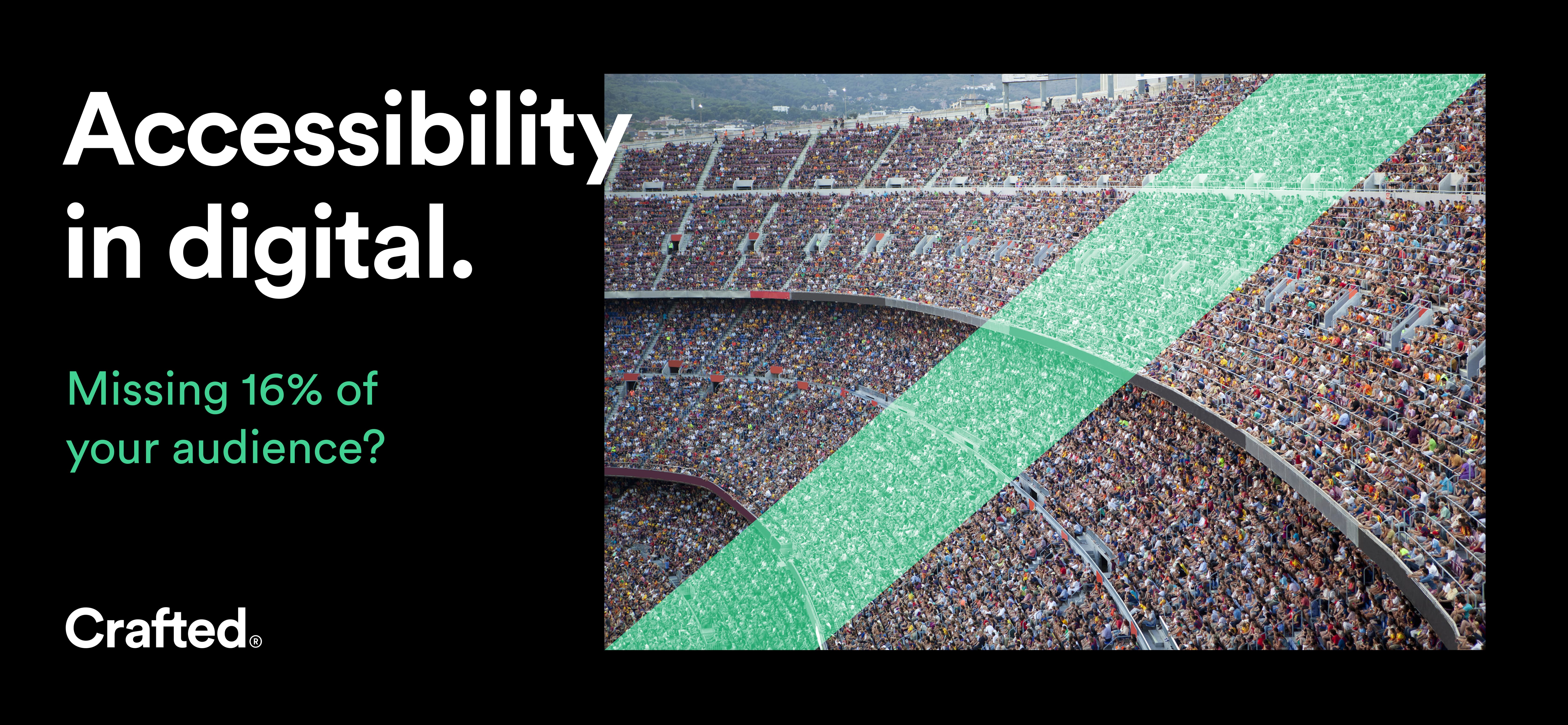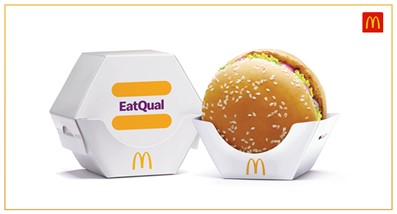Why You Might (possibly) Need An IoT Strategy
15 Jun 2015

With high profile devices such as Apple’s Watch there’s been much talk about wearables and The Internet of Things. We’re seeing lots of shiny new gadgets, but what are the implications for business and marketing? Should everyone have a strategy? Maybe not just yet, but many people will be surprised by the speed and impact that a rapidly connected world will have.
Much of the growth can be understood by Moore’s Law – technically not a law at all but a suggestion that computing power will double every 18 months. In fact, we've seen a trillion-fold rise in speed/power since the 1970s. It’s what makes wearables, cloud computing and the Raspberry Pi all possible. It’s not just the growth of computing power either. We’ve also seen the development of new sensors, interactions, big data and AI, along with rapid prototyping tools such as Arduino or 3D printing (often financed by crowd funding). The trouble is, humans aren’t great at understanding the concept of exponential growth, and the academic Larry Downs has pointed out that society, business and governments all develop at different linear rates. In other words, we are responding much slower than the technology is developing.
The concept of the Internet of Things is not simply that devices can connect to the internet, but whole ecosystems that make relevant connections between objects and people (or even cows). Connected homes and cars are obvious examples, but the IoT is also impacting on health, industry (especially with robotics) and agriculture (through sensors). This creates a wealth of data that is increasingly being analysed by intelligent machines.
Why is any of that relevant to businesses and brand marketing in particular? The development of mobile devices is a good parallel. Consumers were ahead of brands in using the devices. They also had an expectation that there would be mobile compatible services. Many businesses were slow to get on board, but are finally getting there. The growth of the IoT means that consumers will also expect businesses, even service-focused brands, to be more efficient and more integrated. That doesn't mean producing pointless apps or gadgets, but rather, providing a better customer experience by leaveraging the benefits of the IoT. An example of how this integration works is the way that health insurers are using fitness and health monitoring products as part of their customer offering.
There are a few companies have already understood how they can leverage the IoT:
- Nike’s Fuel Band (now discontinued) was an example of a brand utility that took their running up into a technology product
- Nivea used beacon technology to deliver a cheap, paper wrist-based tracker to parents
- Disney has made a $1bn investment in their Magic Band, which makes every element of their parks into a frictionless experience
Then we have an increasing number of businesses where the IoT is core:
- Home control devices such as Nest or Hive are fundamentally IoT companies
- Tesla cars are all connected devices. When there was a problem with their software, rather than having an expensive recall, the company was able to make an over the air update and avoid a potential PR disaster
- Withings, the French health tech company only create connected products such as their blood pressure monitor or scales
- Then there’s Uber. They are the world’s biggest cab company but they don’t own a single vehicle. The app is classic IoT by contextually connecting passengers to taxis and their drivers. ‘The Uber for X’ is now the current shorthand for this type of connected business
These examples show how most brands can include the IoT as part of their customer strategy. So what can you do about it? I’ve been looking at IoT strategy for a while now, and come up with a few simple ways in which brands can see how to implement it:
- Connect your existing channels and devices – from Twitter to the excellent IFTTT there are many ways in which to connect your existing activities across a range of devices. There are many good examples - Twitter was how Louis Vuitton connected their ‘Hello Cube’ project, extending it from The Tate Modern to a global audience
Apps as a service layer – it’s not just Uber. Smartphones are the core devices for the IoT. We need to move beyond apps as a goal and instead think, of them as the service tool that makes relevant connections to create ecosystems. Air BnB (who book more rooms than The Hilton Group), Waze, Lyft (transport), Depop (vintage clothing) or Yplan (events) are all superb examples of how to create a connected, frictionless service
Smart watches are not small smartphones – the initial raft of Apple Watch apps have focused on two main areas – notifications and scaled down apps. Notifications make sense, but don’t recognize the full potential. Many brands (I won’t name them) have simply scaled down their iPhone efforts into slightly pointless Watch apps. The solution? It’s about creating the service layer (I mentioned above) that has been successful on smartphones
What’s the real problem? Many brands allow the tech to drive their marketing campaigns (think QR codes, iBeacons or drone deliveries) and with more of it about the challenge is even greater. Many of the current smartwatch apps address a phantom problem – that taking your smartphone out of your pocket is a major challenge in your life. Ditch the technology, think like a user and address a real problem
From health to transport to industry, the IoT has the opportunity to make the world a better place. However, even when the tech is there, the applications won’t keep up. Microsoft’s Bill Buxton talked about The Long Nose of Innovation. He took the (computer) mouse as an example, which went from a wooden block in the 60s, to Xerox Parc in the 70s, the Apple Mac in the 80s and finally to all PCs. When it comes to the IoT we are at the early stages of that long nose. For brands and marketing, the best thing to do is to experiment, innovate and see what you can do. Just don’t make a pointless Apple Watch app.
I have produced a more detailed version of an IoT Strategy on Slideshare here.





Please login to comment.
Comments